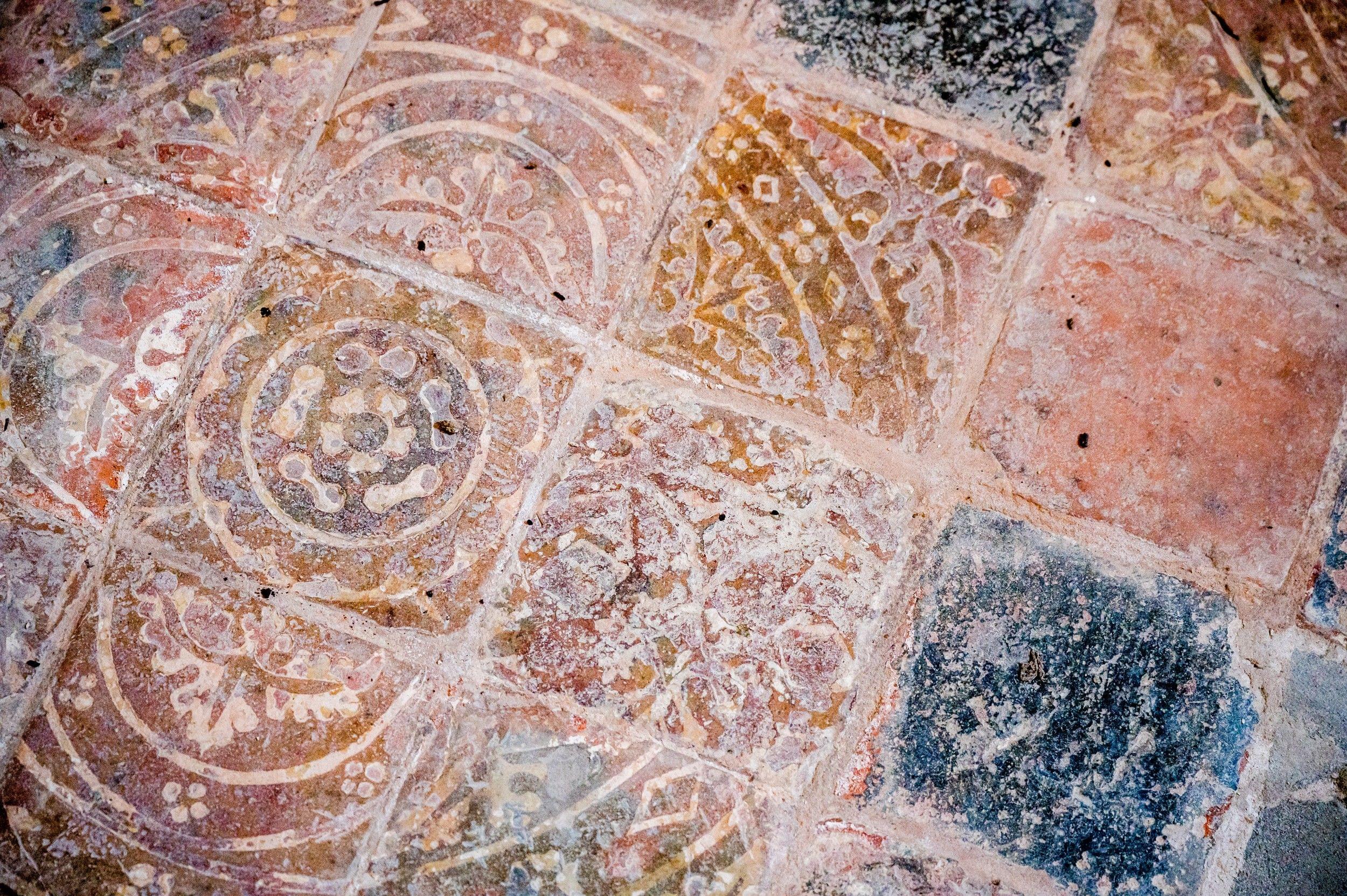St Margaret
East Wellow, Hampshire
Flint walls, a low, steeply pitched roof and a 15th century wooden porch give the outside of St Margaret's a quiet rural charm.

Founded in 907, the abbey was at first a nunnery then, from 974, a Benedictine Abbey of nuns.
Romsey, Hampshire
It escaped demolition at the Dissolution of the Monasteries because four Guardians petitioned Henry VIII for it to be saved, ultimately paying ’100 so that it could belong to the townspeople of Romsey. Although a parish church, the abbey feels like a small cathedral; this is primarily because of the unity and scale of the Norman architecture.
The nave consists of massive Norman piers supporting three stories, built between 1120 and 1250. The transepts, crossing and chancel all have the same unified Norman look and feel. Contributing to the cathedral like atmosphere are chapels in both transepts and at the east end of the chancel. In these are monuments and treasures of many kinds, including, in the Chapel of St Nicholas, the simple grave of Earl Mountbatten of Burma, whose family home, Broadlands, is on the outskirts of the town.
St Ethelflaeda's Chapel commemorates the abbey's 10th-century Abbess, Ethelflaeda, daughter of King Edward the Elder, who founded the abbey. An ancient tomb here is of an abbess and includes a carving of her crozier.
Next door, in St Anne's Chapel, is one of Romsey's greatest treasures, a Saxon rood showing the Crucifixion of Jesus. Made in about 960 it shows Christ on the Cross surrounded by angels, the Virgin Mary and St John, and with two Roman soldiers at Christ's feet. Like all such sculpture, it had its details carefully chiselled off by religious zealots during the Reformation.
Outside the abbey is another priceless rood, dating from a little later, this time showing Christ with arms outstretched in welcome and with the hand of God above his head in blessing. Back inside the abbey, fragments of the earliest phase of building, from the 900s, can be seen on the south side of the north transept.
Nearby in St Lawrence's Chapel is a 16th century painted reredos, while St George's Chapel has floor tiles that are 700 years old. Throughout the abbey there are many richly carved and decorated corbels and capitals.
The abbey has a modest tower surmounted by a wooden belfry that was built in 1624.
East Wellow, Hampshire
Flint walls, a low, steeply pitched roof and a 15th century wooden porch give the outside of St Margaret's a quiet rural charm.
Nursling, Hampshire
This is a small rural church with a great history and wonderful peaceful atmosphere.
Rownhams, Hampshire
Major William Colt had the church built to say thank you to God for his recovery from a very serious illness, carved faces of him and his wife and either side of the chancel steps.